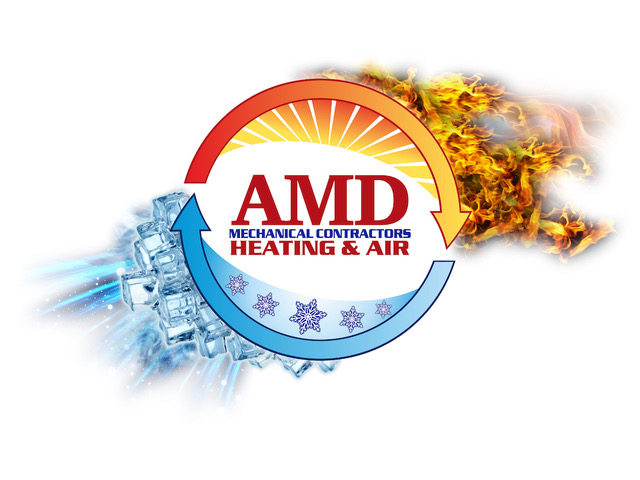Title Page
-
Inspected by
-
Furnace Type
-
Conducted on
-
Location
Pre-inspection
-
Turn off the electrical and fuel supply before working on your furnace
• The electrical supply is usually a red switchplate near the stairs or the burner
• The fuel supply is usually near the oil tank or the incoming gas pipe -
Electrical and fuel supply has been turned off
Clean
-
If you are unable to clean the furnace thoroughly, contact a professional -
Sweep or vacuum dust from around the furnace and registers so air can flow freely
-
Vacuum the burners and around the base of the furnace
-
Use a flashlight to spot any soot that’s collected, indicating poor combustion
-
Remove the bolts securing the blower and gently lift it out
-
Use a small brush and vacuum to clean the blower blades properly
-
Remove the lower door and vacuum the blower compartment
-
Clean the belts and pulleys that lead to the blower
-
Vacuum the heat vents in your home (do this annually before winter begins)
Replace Disposable Filters
-
Open the filter access and remove the filter
-
Check the filter size and type and note this on or near the furnace in permanent marker
-
- If you use a pleated or polyester filter, change every three (3) months
- If you use a fiberglass filter, change it monthly
- If you smoke inside or have pets, change it each month regardless of filter type
- For a permanent filter, follow the manufacturer’s instructions, attached to the furnace itself -
Place the old filter in the trash, not the recycling
-
Close the filter access, using the clasps to ensure it remains shut
Inspect
-
Ensure the combustion air openings are not blocked or restricted
-
Inspect the flue pipe for corrosion or leaks
-
Check the drive belt leading to the blower for any cracks or frayed edges
-
Use a straw to remove dust from the pilot
-
Use an emery cloth to clean the flame sensor and reinsert into the proper bracket
-
Check the vents for rust and leaky water
-
Keep an eye out for loose panels as these can raise your heating bill or cause your furnace to shutdown
-
Look to see that drain lines are clear and draining properly
-
Have a look at your electronic thermostat to see if the batteries need to be changed
-
If you use the same vents for heating and air conditioning, there may be a setting to adjust the dampers based on season.
Sign off
-
Inspector's name and signature













